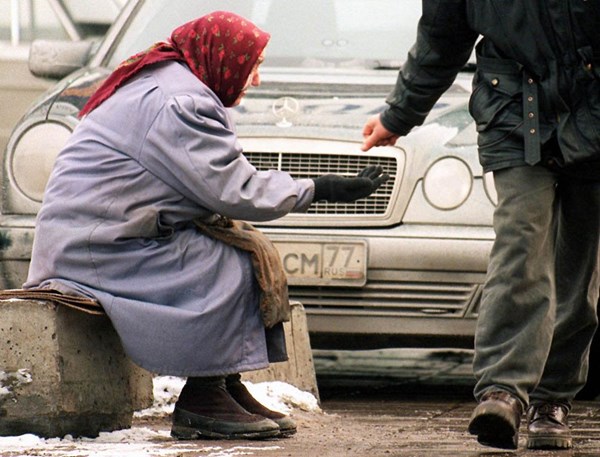Half of Russians can only just afford food and clothing
In Russia, the number of families whose financial resources are only just enough to buy food and clothing is growing, according to data from the Federal State Statistics Service (Rosstat), as cited by RBC. Between April and July 2019, 49.4% families fell under this category, 0.6 percentage points more than a year ago. These families cannot afford durable products such as computers, refrigerators, washing machines, furniture, etc.
This year, the proportion of Russian families with just enough money for food and clothing has been growing for two consecutive quarters, both quarter-on-quarter and year-on-year. The number of households that can afford food, clothing and durable goods, but for whom purchasing a car, apartment or summer home would be difficult has also increased in 2019: by 1.9 percentage points in the first quarter to 31.7% and by 2 percentage points to 32.6% in the second.
Rosstat claims that this is being caused by some of the least well-off population groups moving into groups with higher incomes. Whereas in the first quarter of 2019, 15.2% of Russian families responded that they could only afford food products (compared to 16.7% in the first quarter of 2018), in the second quarter, the number of such families had dropped to 14.1% (compared to 16.1% one year ago).
By the end of the first half of 2019, the real disposable income of Russian citizens had shrunk – by 1.2% between January and June. In the third quarter, this figure shot up by 3%, bringing the figure for January to September into the positive (a growth of 0.2%). Rosstat said that the accelerated growth in real income was due to salary increases in both the formal and informal sectors.
